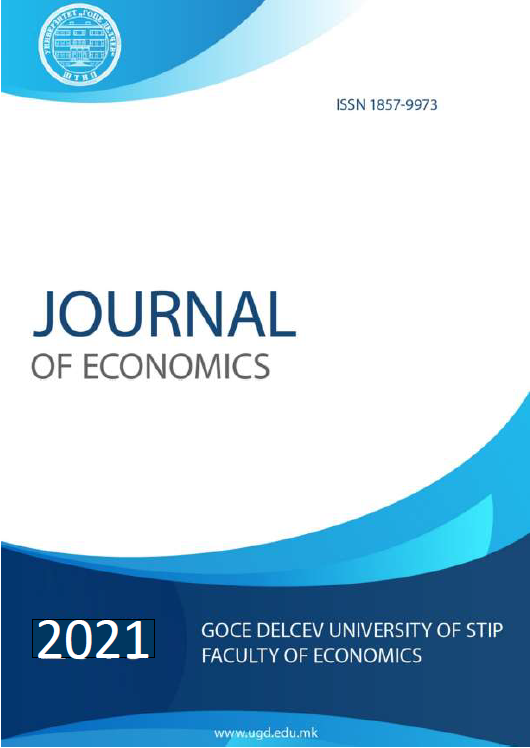Budget system comparison between Republic of Macedonia and Republic of Slovenia
DOI:
https://doi.org/10.46763/JOE216.2037dKeywords:
budget, budget system, expenses, local government, revenuesAbstract
The budget represents an annual plan for financing the functions and responsibilities of one country, the units of local government and the funds, and consists of an annual estimation of revenues and expenditures usually for one fiscal year [1]. It also may include strategic plans. The budget can be classified differently. The budget process may vary between different countries. The budget helps a country to predict if it will have budget surplus or deficit and plan any further financing if needed. The objectives of the budget policy can be: resource allocation, redistribution and economic stabilization. The purpose of this paper is to analyse and compare the budgets of two different countries, Republic of Macedonia and Republic of Slovenia for the years 2008, 2013 and 2017. Macedonia and Slovenia are countries that are similar in territory, in terms of population and both were part of the former SFRY. They have been operating as independent states since 1991. This is why they are the target of the analysis of their budget systems in this research paper.


